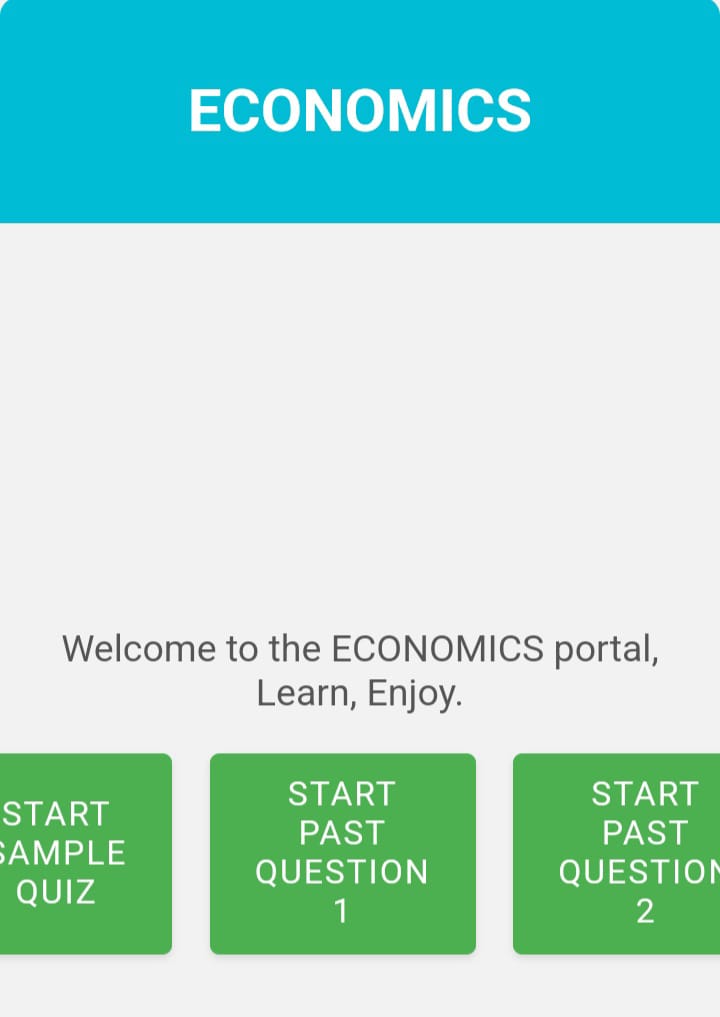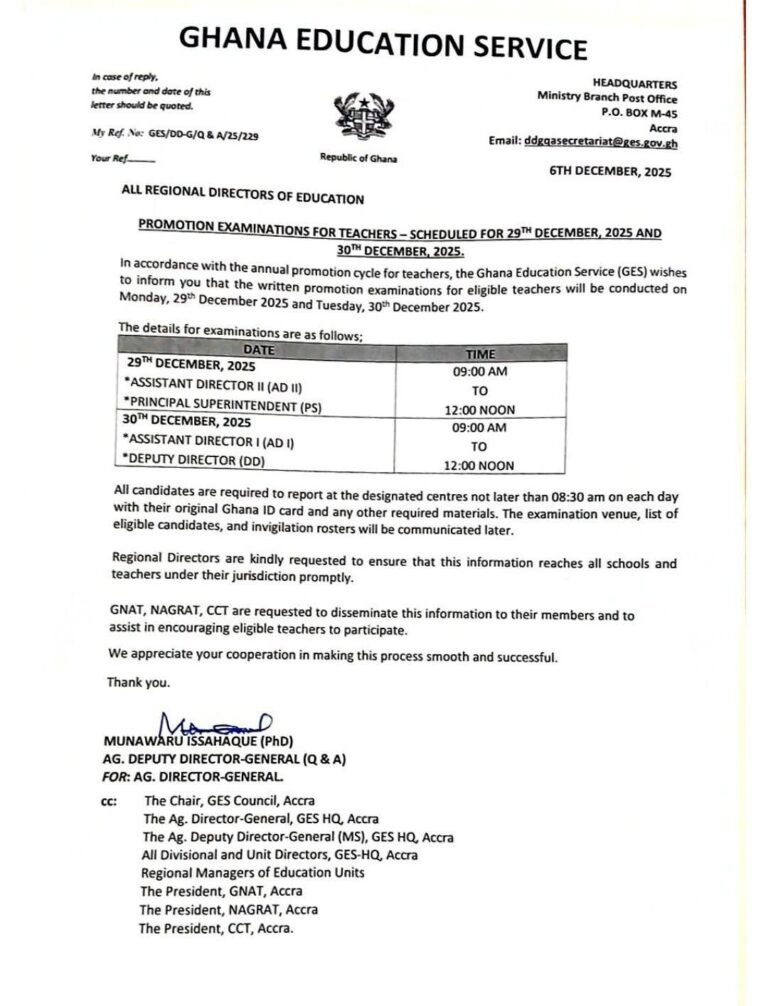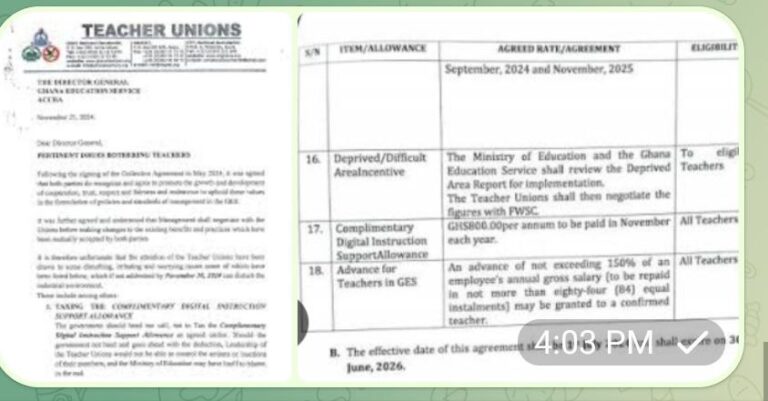
Comprehensive Economics Curriculum for Teacher Licensure Examinations
National Teaching Council (NTC)
Content Development and Assessment Framework
This structured guide presents the Content Areas, Competencies, and Test Specifications for Economics in the Ghana Teacher Licensure Examinations.
Core Content Areas & Learning Outcomes
1. Foundations of Economics
-
Nature & Scope of Economics
-
Define scarcity, opportunity cost
-
Construct production possibility curves
-
-
Economic Systems
-
Compare capitalist/mixed/command economies
-
Key Activities:
-
Case study: Ghana’s economic system evolution
-
PPC graphing exercises
2. Market Forces
-
Demand & Supply
-
Law of demand/supply exceptions
-
Market equilibrium analysis
-
-
Elasticities
-
Calculate PED (Price Elasticity of Demand)
-
Revenue implications of elasticity
-
Practical Applications:
-
Elasticity calculations using real commodity prices
-
Price control debate (e.g., petroleum subsidies)
3. Firm Theory
-
Production & Costs
-
Law of diminishing returns
-
Short-run vs. long-run cost curves
-
-
Market Structures
-
Perfect competition vs. monopoly
-
Price discrimination scenarios
-
Case Studies:
-
MTN Ghana’s pricing strategies
-
Local tomato market perfect competition
4. Macroeconomic Concepts
-
National Income Accounting
-
GDP calculation methods
-
Circular flow models
-
-
Money & Banking
-
Functions of BoG
-
Monetary policy tools
-
Hands-On Tasks:
-
Construct Ghana’s simplified circular flow
-
Inflation rate analysis (2010-2023)
5. Global Economics
-
International Trade
-
Balance of payments components
-
AfCFTA opportunities
-
-
Economic Integration
-
ECOWAS trade bloc benefits
-
Projects:
-
Export/import infographic for Ghana
-
Debate: “Protectionism vs. Free Trade”
6. Development Economics
-
Growth vs. Development
-
HDI vs. GDP comparisons
-
-
Unemployment
-
Structural vs. cyclical unemployment
-
Real-World Analysis:
-
Youth unemployment solutions
-
Ghana’s SDG progress assessment
Assessment Blueprint
| Content Area | L1 (Recall) | L2 (Skills) | L3 (Analysis) | L4 (Evaluation/Creation) | Total |
|---|---|---|---|---|---|
| Foundations | 3 | 1 | 0 | 1 | 5 |
| Market Forces | 2 | 4 | 5 | 5 | 16 |
| Firm Theory | 3 | 3 | 6 | 5 | 17 |
| Macroeconomics | 2 | 7 | 7 | 8 | 24 |
| Global Economics | 1 | 3 | 1 | 3 | 8 |
| Development Economics | 4 | 3 | 6 | 5 | 18 |
| Contemporary Issues | 0 | 4 | 5 | 3 | 12 |
| Total | 15% | 25% | 30% | 30% | 100% |
Key Pedagogical Features
Applied Learning Focus
-
60% Higher-Order Questions:
-
“Evaluate the impact of e-levy on Ghana’s revenue” (L4)
-
“Design an anti-inflation policy for a developing nation” (L4)
-
Local Context Integration
-
Ghana cedi depreciation case studies
-
Analysis of Planting for Food & Jobs program
Skill Development
-
Graph interpretation (Lorenz curves)
-
Policy brief writing
-
Economic data visualization
Educator Resources
-
Lesson Plans:
-
“Understanding Taxation” with real GST examples
-
“Exchange Rates” using BoG data
-
-
Assessment Tools:
-
Rubric for economic policy proposals
-
Marking scheme for elasticity problems
-
-
Digital Supplements:
-
Interactive supply-demand simulator
-
Video library of Ghanaian economic experts
-
FOR THE QUESTIONS CLICK HERE: https://ntc.gov.gh/practice_test/economics/
Follow us for more updates: https://whatsapp.com/channel/0029VaCyYGIFHWpx22L38a2K




